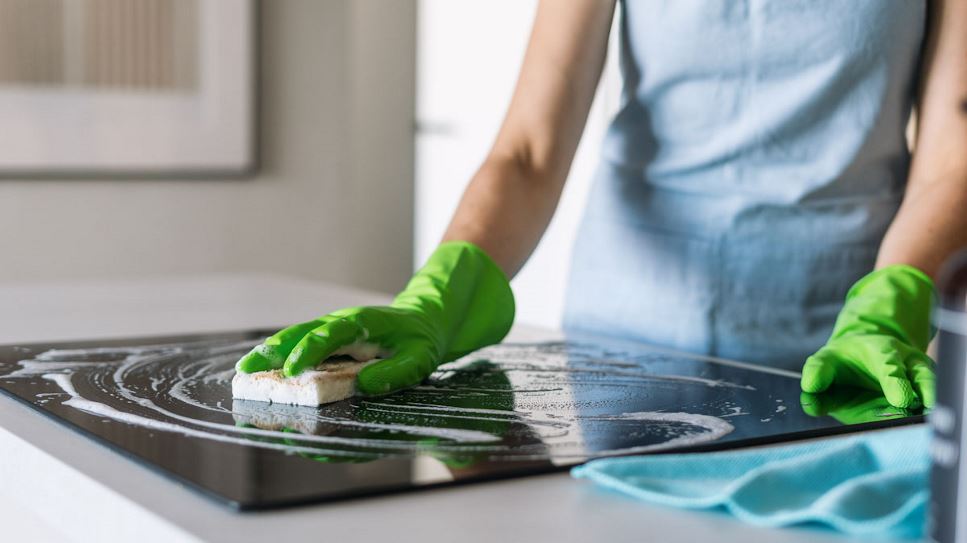You can find illness-causing germs all around your kitchen. So, it's important not only to wash your hands, but also to clean kitchen surfaces and sponges to reduce the spread of bacteria.
Cleaning Kitchen Surfaces
Use hot soapy water to clean kitchen surfaces after preparing each food item. Wipe down your appliances, countertops, utensils and cutting boards. Keep cutting boards and surfaces clean to help prevent cross-contamination that could cause food poisoning. To sanitize dishwasher-safe materials, use a high temperature setting and drying cycle.
For items that can't be run through the dishwasher, such as large cutting boards or appliances, sanitize with a mixture of 4 teaspoons of unscented liquid chlorine bleach in 1 quart of water.
Sponge and Dishtowel Safety
Dishcloths and sponges are the cleaning tools of choice for many Americans. Help keep them clean by following these dos and don'ts.
| Do | Don't |
|---|---|
|
Clean Sponges Daily |
Don't Be a Scrooge Don't wait until sponges are falling apart to get a new one. Replace sponges every one to two weeks. |
|
Start a New Cycle |
Don't Use Sponges to Wipe Up Meat Juices Instead, use a paper towel or disinfectant wipes to clean up spills from ground beef or poultry. |
|
Replace Frequently If your sponge starts to smell at any point — toss it out immediately. |
Don't Use Sponges on Countertops Using a paper towel or disinfectant wipe to clean countertops will help reduce the chances of spreading germs with your sponge. |
|
Keep It Dry Store it in a dry location. Letting your sponge lay wet on a countertop takes longer for it to dry and allows bacteria to grow. Also, avoid leaving any damp sponges in an enclosed area such as a bucket or under the sink. |
Don't Ignore Dishcloths Washing in hot water and drying them on high heat in the dryer is recommended. And, consider having separate dishcloths for different purposes (for example, hand-washing and dish drying). Different colored towels can help; for example, use blue for hands and green for the counter. |
Available for Download: Kitchen Sponge Safety Tip Sheet (PDF)
References
Find a Nutrition Expert
Looking for credible nutrition information and recommendations? The Academy of Nutrition and Dietetics' network of credentialed food and nutrition practitioners are ready to help!

